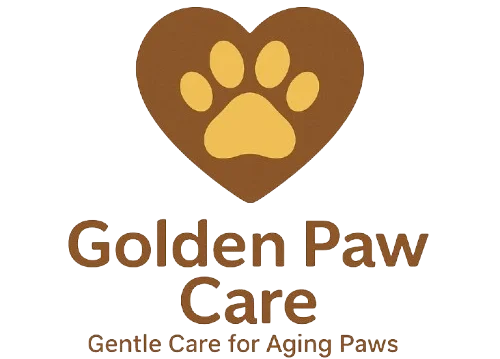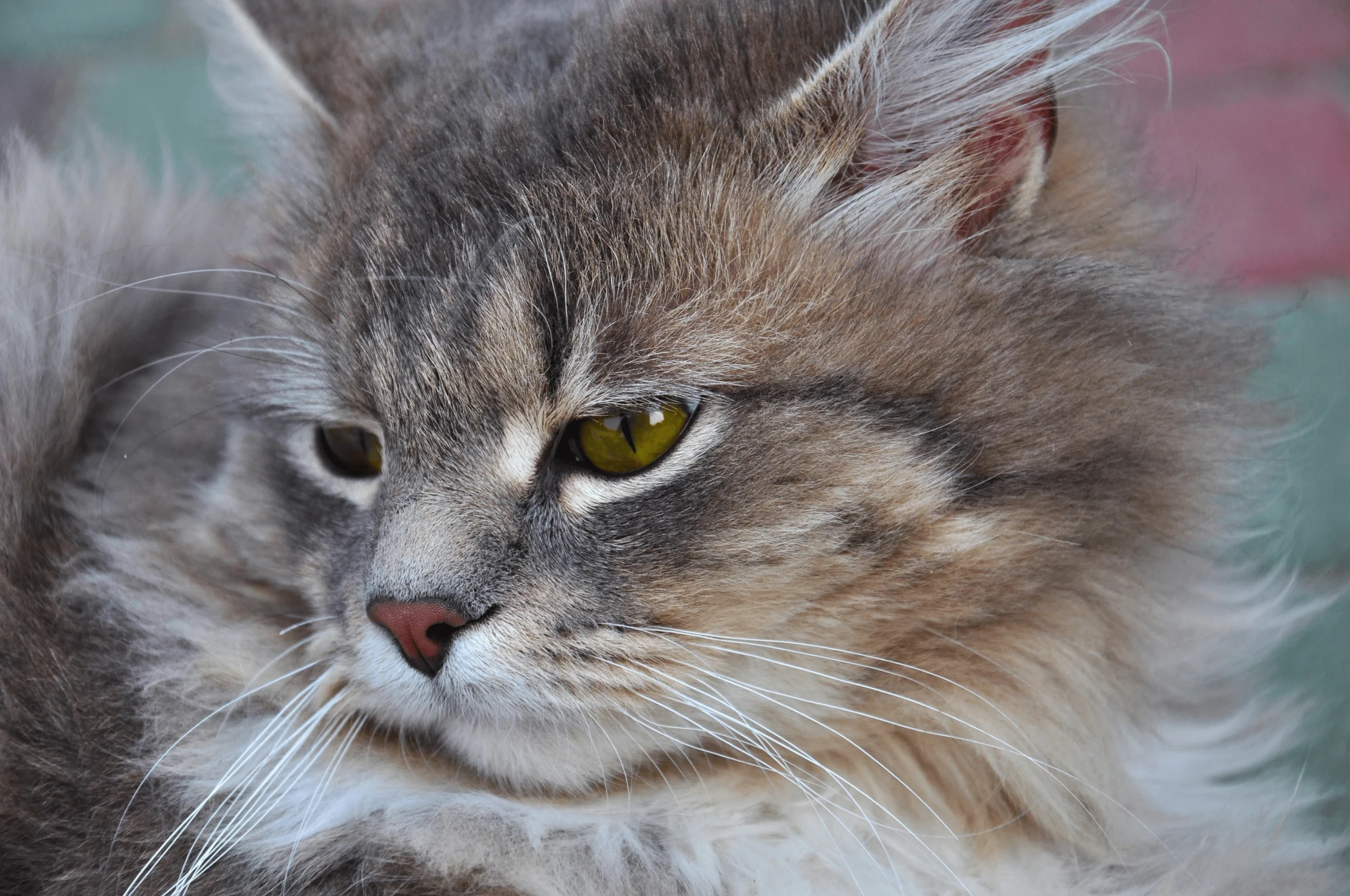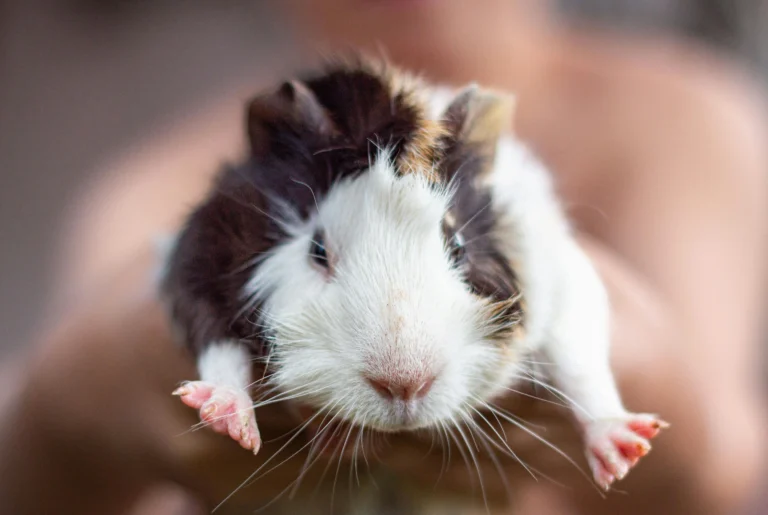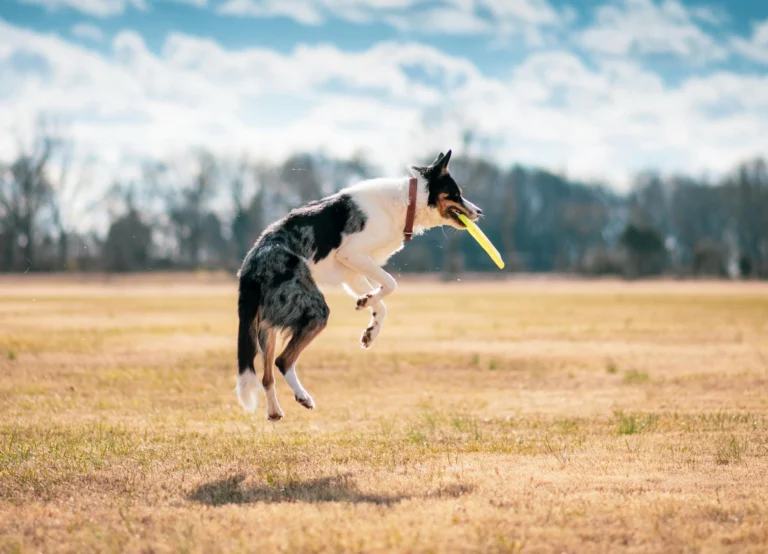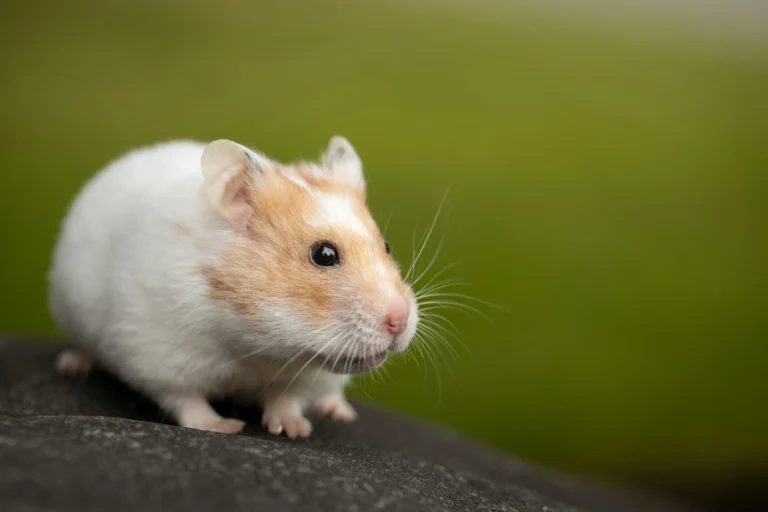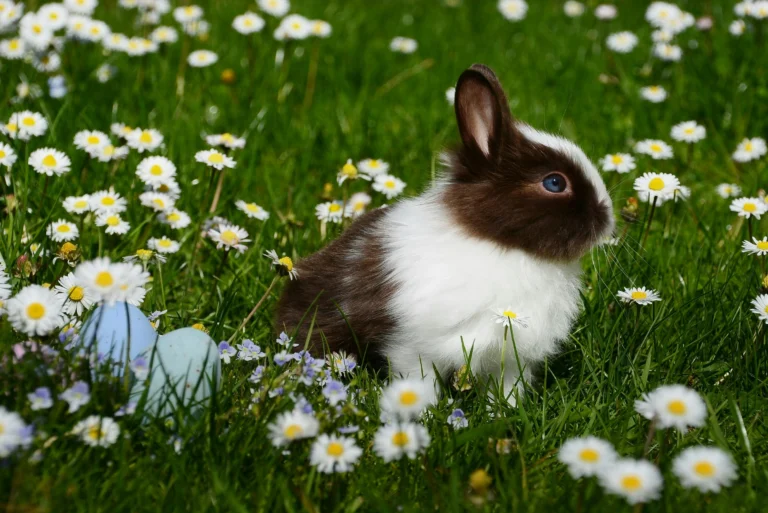Signs Of Aging In Cats
Introduction
Cats are known for their agility, independence, and playful spirit, but like all living beings, they inevitably grow older. While many cats continue to thrive well into their senior years, aging brings about physical and behavioral changes that pet owners should be prepared to recognize. Understanding the early signs of aging in cats is essential for providing the best care and ensuring a high quality of life throughout their golden years.
Most cats begin to show signs of aging between the ages of 7 and 10, although some may not exhibit noticeable changes until later. These changes can be subtle at first, perhaps a little more napping during the day or a reduced interest in jumping onto high surfaces. However, as your cat continues to age, these early signs can progress into more pronounced shifts in health, behavior, and overall well-being.
Recognizing these signs early allows you to make proactive adjustments in your cat’s routine, diet, and veterinary care. From reduced mobility and changes in grooming habits to altered eating patterns and cognitive shifts, each sign tells a part of the story of your cat’s aging journey. Being attentive and informed not only helps you support their health but also strengthens the bond you share.
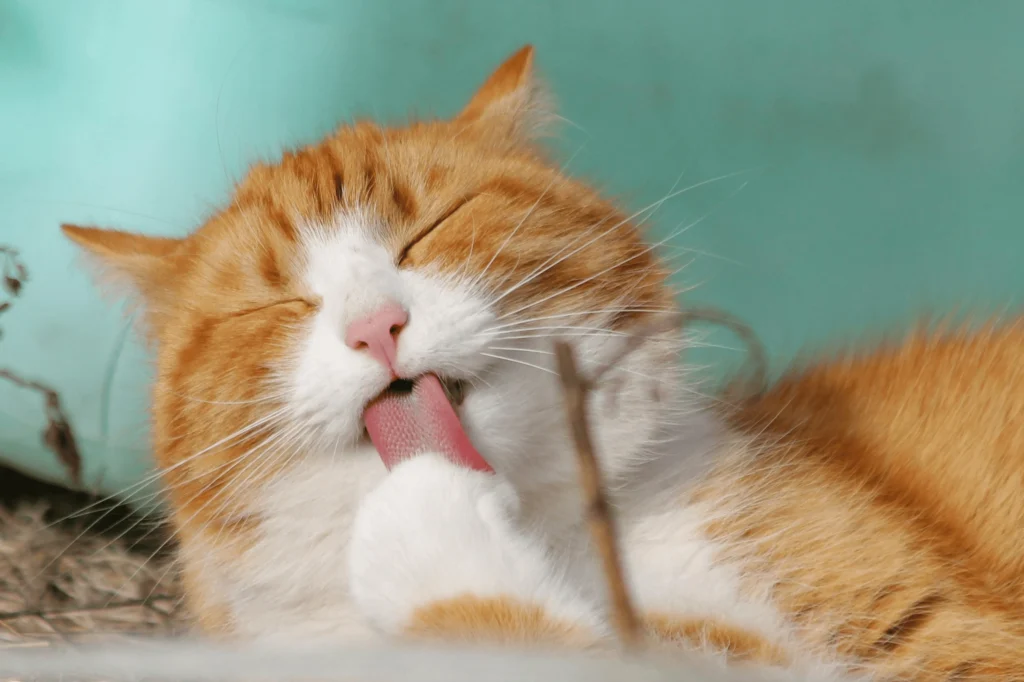
In this article, we’ll explore the most common signs of aging in cats, what they mean, and how you can respond with compassion and care. Whether your cat is just reaching their senior years or already showing signs of slowing down, this guide will help you know what to expect. and how to ensure your cat’s happiness and health every step of the journey.
Table of Contents
Changes in Activity Levels
Why Older Cats Slow Down
One of the first noticeable changes as cats age is a reduction in their normal energy and activity. As cats grow older, their once-playful bursts of energy may be replaced by longer naps, slower movements, and a reduced interest in toys or climbing. This behavioral change is natural and often a result of physical discomfort, decreased stamina, or underlying health issues like arthritis.
Senior cats may also become more hesitant to jump onto high surfaces or explore new spaces, preferring to stay in familiar, easy-to-reach areas. While it’s normal for older cats to slow down, a sudden or extreme drop in activity could indicate pain or illness and should be evaluated by a veterinarian.
How to Support an Aging Cat’s Mobility
If you notice decreased activity as one of the signs of aging in cats, there are ways to support their changing needs. Start by making your home more accessible: provide ramps or steps to their favorite spots, place beds in quieter areas, and offer soft, supportive bedding to ease joint pressure.
Regular, gentle play sessions can help keep aging muscles engaged without overexertion. Choose interactive toys that don’t require a lot of running or jumping. Regular vet checkups are essential, as catching mobility issues like arthritis early can significantly enhance your cat’s quality of life.
Understanding and adjusting to these changes in your cat’s energy level is key to helping them age comfortably. With attentive care and minor lifestyle adjustments, your senior cat can continue to enjoy life, even if they’re not as spry as they once were.
Weight Fluctuations
Unexpected Weight Loss or Gain in Senior Cats
An often unnoticed yet common sign of aging in cats is an unexplained shift in body weight. As cats get older, their metabolism slows, and age-related health conditions may begin to influence how their bodies process nutrients. Weight loss in older cats can result from a decreased appetite, digestive problems, or health issues like hyperthyroidism, kidney disease, or diabetes. On the other hand, some may gain weight as a result of decreased physical activity and overfeeding.
Monitoring your cat’s weight regularly is important, especially if they are entering their senior years. Subtle changes might not be obvious at first glance but can have significant implications for your cat’s overall health and well-being.
What to Do When You Notice Weight Changes
Unexpected weight gain or loss in your cat should be taken seriously and looked into further. Sudden weight loss, especially when combined with other signs of aging in cats, could be a red flag for an underlying condition that requires veterinary attention. Similarly, excess weight gain can increase the risk of diabetes, arthritis, and other age-related issues.
To support your aging cat, consider switching to a senior-specific diet formulated to meet their evolving nutritional needs. These diets often contain easily digestible ingredients and adjusted calorie content to maintain a healthy weight.
For senior cats, visiting the vet every six months can help catch and address health concerns early. Before making major changes to your cat’s diet, be sure to consult your veterinarian, as each cat has unique nutritional needs.
By staying attentive to weight fluctuations and other signs of aging in cats, you can take proactive steps to ensure your feline companion remains comfortable and healthy as they grow older.
Vision and Hearing Decline
Recognizing Sensory Changes in Senior Cats
As cats age, their senses begin to dull, much like in humans. Diminished vision and hearing are among the more subtle but significant signs of aging in cats, and they can affect your pet’s behavior, safety, and overall comfort. While these changes may progress gradually, being observant can help you detect the symptoms early.
Cats with declining vision might hesitate before jumping, bump into furniture, or show reluctance to explore new environments. You may notice that their eyes appear cloudy, which can be a sign of cataracts or other age-related eye conditions. Some senior cats also develop high blood pressure, which can lead to sudden blindness if left untreated.
Similarly, hearing loss in aging cats often goes unnoticed until it becomes pronounced. A cat that once responded instantly to the sound of a treat bag might now appear indifferent. They may sleep more soundly, startle easily when touched, or vocalize more loudly than usual, often as a way to compensate for reduced auditory feedback.
Helping Cats with Diminished Sight or Hearing
If you suspect your cat is losing their vision or hearing, schedule a veterinary checkup to rule out any treatable conditions. Timely intervention can effectively address many sensory issues.
Maintaining a stable environment can help support a cat experiencing sensory decline. Avoid rearranging furniture or moving their food, litter box, and bedding. Move gently and speak softly when approaching your cat to keep them at ease.
By paying close attention to behavioral cues and subtle sensory shifts, you’ll be better equipped to recognize these signs of aging in cats and provide a safer, more comforting environment for your feline companion.
Dental Problems
Why Dental Health Declines with Age
As cats move into their senior years, their dental health often begins to deteriorate. While it may not be immediately obvious, oral issues are among the more common signs of aging in cats. Years of wear, tartar buildup, and reduced immune function can lead to tooth decay, inflamed gums, and even tooth loss.
You might notice your cat becoming reluctant to eat dry food or favoring one side of their mouth while chewing. Drooling, foul-smelling breath, and sudden disinterest in grooming can also signal underlying dental pain. Unfortunately, many cats suffer in silence, so these subtle clues shouldn’t be ignored.
How to Identify and Manage Dental Issues
As a cat owner, you should pay close attention to changes in eating behavior or hygiene habits. If your cat begins to avoid food they once enjoyed, drops food while eating, or shows signs of discomfort when touched around the mouth, it’s likely time for a dental check-up.
Veterinarians often recommend that senior cats receive routine oral exams and, if needed, professional cleanings under anesthesia. In some cases, tooth extraction may be required to eliminate pain and prevent infections.
At home, there are ways to support your cat’s oral health. Specialized dental diets, soft toothbrushes designed for cats, and treats that reduce plaque buildup can help maintain cleaner teeth between vet visits.
Paying attention to dental issues as one of the signs of aging in cats is vital. A healthy mouth contributes to a happier, more comfortable life for your aging feline, helping them continue to eat, groom, and play well into their golden years.
Grooming and Coat Condition
When Fur Begins to Reflect Aging
As cats age, their coat can reveal important clues about their overall health. One of the often-overlooked signs of aging in cats is a change in grooming habits and overall coat appearance. While younger cats are known for their constant grooming and sleek fur, senior cats may begin to neglect this routine, leading to dull, greasy, or matted coats.
This decline in grooming isn’t always due to laziness. In many cases, joint stiffness or arthritis makes it physically uncomfortable for older cats to reach certain areas of their bodies. Dental pain, cognitive decline, and overall fatigue can also contribute to a lack of grooming effort.
You may also notice more dandruff, shedding, or thinning fur. These changes in coat texture and cleanliness are not just cosmetic, they can indicate deeper health issues, including skin conditions, nutritional deficiencies, or chronic illnesses.
Helping Your Cat Maintain a Healthy Coat
To support your aging cat’s grooming needs, consider stepping in to help. Regular brushing can prevent mats, stimulate circulation, and keep the skin healthy. It also helps strengthen your bond with your cat while allowing you to check for unusual lumps or skin changes.
If your cat shows consistent signs of grooming decline, a visit to the veterinarian is important to rule out pain or disease. Your vet may recommend supplements, dietary changes, or medications to improve skin and coat health.
Monitoring coat condition is more than just maintaining appearance, it’s an important way to detect underlying signs of aging in cats and ensure their comfort. With a little help and attention, your senior cat can enjoy a soft, clean, and healthy coat throughout their later years.
Behavioral Changes
New Habits May Signal Aging
As cats grow older, their behavior often evolves in noticeable ways. Some of these shifts can be subtle, while others may seem quite dramatic. Among the most telling signs of aging in cats are changes in their daily routines, social interactions, and overall temperament.
A once-playful and energetic cat may become more withdrawn or spend more time sleeping. Alternatively, a previously aloof cat might become unusually clingy or vocal. These behavioral shifts are not random, they often reflect physical discomfort, sensory decline, or cognitive aging.
Some senior cats may also experience confusion, forgetfulness, or disorientation. They might wander aimlessly, appear unsure in familiar surroundings, or forget the location of their litter box. These are signs that cognitive dysfunction, sometimes referred to as “feline dementia,” could be setting in.
Supporting Your Cat Through Behavioral Shifts
When behavioral changes occur, it’s important not to dismiss them as simply “old age.” They can signal underlying health problems that need medical attention. Scheduling a thorough check-up can help rule out or manage conditions like arthritis, thyroid imbalances, or kidney disease, all of which can influence mood and behavior.
At home, maintaining a consistent environment can help reduce anxiety in aging cats. Avoid rearranging furniture, and stick to regular feeding and play schedules. Providing a quiet, comfortable space where your cat feels safe is also essential.
Interactive toys, gentle play, and increased affection can help keep your cat mentally and emotionally engaged. Recognizing behavioral shifts as signs of aging in cats allows you to respond with compassion and tailored care, helping your feline companion feel secure and loved as they navigate their senior years.
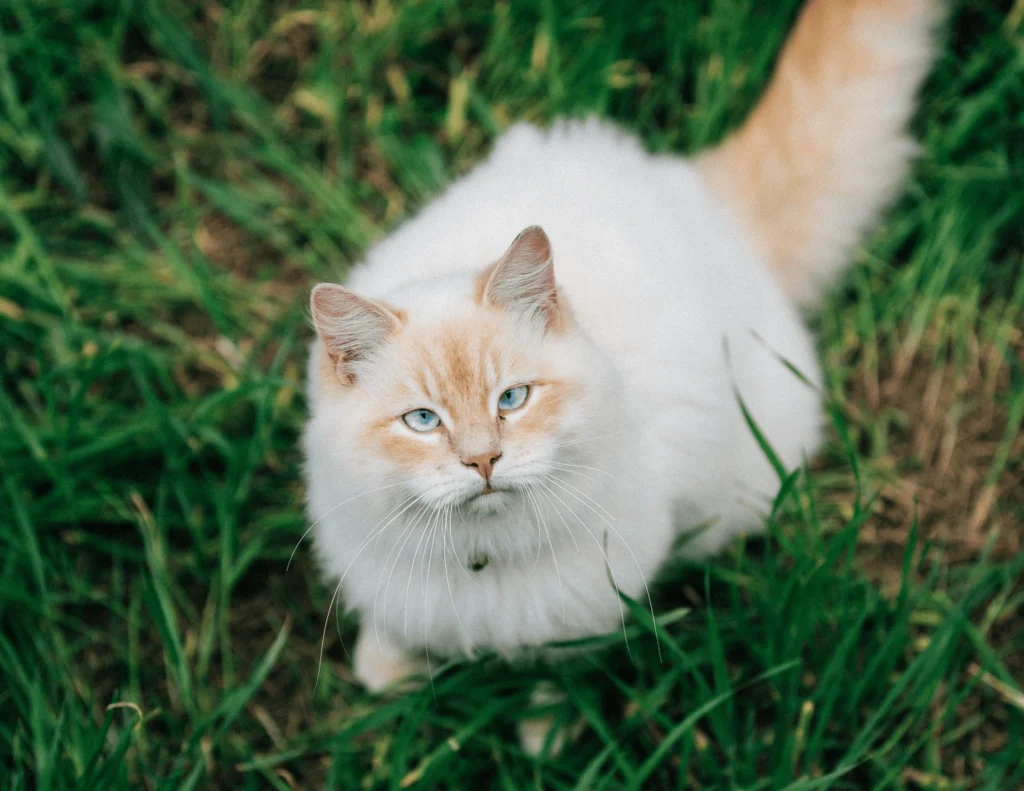
Litter Box Habits
Litter Box Issues as Early Signs of Aging in Cats
A change in litter box habits is often one of the first and most noticeable signs of aging in cats. If your senior cat suddenly starts avoiding the litter box, missing the mark, or eliminating in unusual places, it could indicate more than simple misbehavior. These changes are often clear signs of aging in cats, pointing to discomfort, confusion, or declining physical ability.
Arthritis is a common culprit. Older cats may struggle to climb into litter boxes with high sides or assume the correct posture for elimination. This physical limitation often leads them to seek out more accessible spots, which might not be as clean or appropriate. At the same time, cognitive decline can make them forget where the litter box is or how to use it properly, another one of the common signs of aging in cats that’s easy to overlook.
Frequent urination, straining, or vocalizing during litter box use could signal other age-related issues like kidney disease, diabetes, or urinary tract infections. These health concerns are frequently tied to the overall aging process and must be addressed quickly.
Making the Litter Box Senior-Friendly
To manage these changes, it’s important to adjust the litter box setup to match your aging cat’s needs. A box with low sides, placed in a quiet, accessible area, can make a big difference. For cats with tender paws, using an unscented, soft-textured litter can be beneficial.
Monitor litter box behavior closely because unusual patterns are often among the first signs of aging in cats. By recognizing and adapting to these changes, you can provide a safer, more comfortable environment that supports your cat’s health and dignity throughout their golden years.
Mobility and Joint Health
How Movement Declines Reveal Signs of Aging in Cats
Changes in the way a cat moves are often among the most noticeable signs of aging. If your once-agile feline is now hesitant to jump onto furniture, struggles with stairs, or seems stiff when walking, these are strong signs of aging in cats. Older cats commonly develop joint problems like arthritis, which can greatly affect their comfort and ability to move.
Unlike dogs, cats are experts at hiding pain. But as they age, subtle shifts in movement like slower climbing, avoiding high places, or a change in sleeping positions may indicate joint discomfort. These physical limitations are not only common but are among the clearest signs of aging in cats that owners should watch for.
You may also notice that your cat becomes less playful or avoids activities that require jumping or running. While this might seem like simple laziness, it’s often the result of joint pain or stiffness, which are hallmark signs of aging in cats that deserve attention.
Supporting Mobility in Senior Cats
To help aging cats maintain mobility, consider soft bedding, pet ramps, or low-entry litter boxes to reduce the strain on their joints. Orthopedic beds can also provide better support for aging bones and muscles. Keep your cat at a healthy weight to avoid adding unnecessary stress to their joints.
Your vet may recommend joint supplements like glucosamine or prescribe anti-inflammatory medication if arthritis is diagnosed. Gentle play and regular, low-impact movement can help keep joints from stiffening further.
Understanding that mobility challenges are common signs of aging in cats empowers you to make thoughtful changes at home. By doing so, you help your feline friend move more comfortably and maintain a good quality of life in their later years.
Vision and Hearing Loss
How Sensory Decline Shows Signs of Aging in Cats
As cats grow older, a decline in their senses, particularly vision and hearing, is among the most significant signs of aging in cats. These sensory changes often happen gradually, making them difficult to notice at first. However, once you’re aware of what to look for, the signs can become quite clear.
Older cats experiencing vision loss may begin bumping into furniture, becoming hesitant in dimly lit areas, or showing reluctance to jump or explore. Their eyes might appear cloudy, which could be a result of cataracts or other age-related conditions. These changes in sight are often overlooked, but they are important signs of aging in cats that require attention.
Similarly, hearing loss in senior cats can lead to behavioral changes. A cat that previously responded to your voice may begin to ignore verbal cues or startle easily when approached. They may also meow more loudly, not realizing how much sound they’re producing. These behaviors can be frustrating, but they’re usually not deliberate, they’re just more subtle signs of aging in cats showing how their world is changing.
Helping Cats Cope with Vision and Hearing Loss
Supporting a cat with declining senses starts with consistency. Avoid rearranging furniture or moving food, water, or litter boxes, as your cat may rely more on memory and scent to navigate. Use night lights to help guide visually impaired cats, and try to approach them gently to avoid startling them.
If you suspect your cat is losing vision or hearing, a veterinary check-up is essential. While aging can’t be reversed, early detection helps in managing discomfort or related conditions.
Recognizing sensory decline as one of the key signs of aging in cats allows you to adapt your home and care approach, ensuring your feline feels safe, loved, and supported.
Appetite and Weight Changes
How Eating Habits Reflect Signs of Aging in Cats
One of the clearest signs of aging in cats is a noticeable shift in their eating habits. A senior cat might start eating significantly less or, in some cases, develop an increased appetite. Both scenarios can point to age-related health changes that deserve close attention.
A reduced appetite in older cats can stem from several issues: dental problems, reduced sense of smell, or underlying conditions such as kidney disease or digestive disorders. On the other hand, increased hunger can signal thyroid problems or diabetes, both of which are common signs of aging in cats. If you notice your cat constantly begging for food but losing weight, it’s time for a vet visit.
In addition to appetite changes, weight fluctuation is another key concern. Unexplained weight loss can be particularly dangerous, as it may indicate muscle wasting, organ dysfunction, or cancer. Conversely, weight gain, especially when combined with less movement, can stress joints and internal organs, further complicating age-related issues.
Managing Appetite and Weight in Senior Cats
To support a healthy appetite, consider feeding smaller, more frequent meals. Choose foods formulated specifically for senior cats, which are typically easier to chew, digest, and more nutritionally balanced for aging bodies. Warming the food slightly can also enhance aroma, encouraging cats with reduced senses to eat.
Regular vet check-ups are essential to monitor weight and catch early signs of aging in cats related to metabolism and digestion. Keep an eye on how much your cat eats and drinks each day, it can be one of the most revealing indicators of their overall health.
Understanding how appetite and weight relate to the broader signs of aging in cats allows you to provide proactive care and ensure your feline companion remains comfortable and well-nourished.
When to Visit the Vet for Age-Related Concerns
Knowing When the Signs of Aging in Cats Require Medical Help
While some physical and behavioral changes are natural as cats grow older, not every symptom should be chalked up to normal aging. In fact, one of the most important things a pet owner can do is distinguish between typical signs of aging in cats and those that indicate a more serious medical problem.
If your cat is eating less, losing weight, showing signs of confusion, or eliminating outside the litter box, these could all be more than just age-related quirks. They might point to underlying health conditions such as kidney disease, hyperthyroidism, arthritis, or even feline cognitive dysfunction. These are all common issues tied to the signs of aging in cats, but they often benefit from veterinary treatment.
Additionally, frequent vomiting, sudden behavioral changes, labored breathing, or any signs of pain should prompt a veterinary visit. Early diagnosis and treatment can greatly improve a senior cat’s quality of life and may even extend their lifespan.
Creating a Health Plan for Your Aging Cat
Scheduling regular wellness checks at least twice a year is one of the best ways to catch health problems early. Your veterinarian can conduct blood work, check for joint and dental issues, and monitor weight trends that align with the typical signs of aging in cats.
You should also track your cat’s behavior at home. Keep a log of any changes in appetite, mobility, litter box use, or vocalization. This documentation can be incredibly helpful for your vet when making a diagnosis or treatment plan.
By learning to recognize the signs of aging in cats and knowing when they require professional attention, you can ensure your feline friend ages with dignity, comfort, and the best care possible.
Conclusion: Embracing the Golden Years With Care
Recognizing the signs of aging in cats is one of the most important responsibilities a pet owner can undertake. As our feline companions transition into their senior years, they rely on us to understand their changing needs and respond with patience, compassion, and proactive care. From subtle shifts in behavior to more visible physical limitations, the signs can vary, but each one tells a story about what your cat is going through.
Whether it’s a change in litter box habits, reduced mobility, appetite fluctuations, or declining senses, every symptom deserves thoughtful attention. These aren’t just inevitable parts of growing older, they are messages that your cat may need help adapting to a new phase of life. By staying alert to the signs of aging in cats, you can catch health concerns early, manage chronic conditions effectively, and make their environment more comfortable and supportive.
Senior cats can still lead joyful, fulfilling lives with the right care. Regular veterinary check-ups, dietary adjustments, mental stimulation, and a loving home environment all play vital roles in ensuring their well-being. Just as importantly, maintaining a consistent routine and offering emotional reassurance can ease anxiety and confusion that often accompany the aging process.
The bond you share with your cat only grows stronger with time. Understanding and respecting the signs of aging in cats allows you to repay their years of loyalty with the attentive care they deserve. By recognizing what’s normal, what’s not, and when to seek help, you’ll help your feline friend live their senior years in comfort, health, and happiness.
FAQs: Signs of Aging in Cats
1. What are the typical signs that a cat is aging?
The most common signs of aging in cats include reduced mobility, changes in appetite or weight, litter box issues, decreased grooming, cloudy eyes, and increased vocalization. You may also notice signs of confusion or disorientation, especially during nighttime hours. These behaviors typically become more apparent after the age of 10.
2. When do cats typically begin to show signs of aging?
Most cats begin to show subtle signs of aging around 7 to 10 years old, but significant age-related changes usually appear after age 12. However, the timing can vary depending on the cat’s health, breed, and lifestyle. Keeping an eye out for early signs of aging in cats helps ensure timely care adjustments.
3. What can I do to support my cat as they grow older?
You can support your aging cat by offering a quiet, accessible environment, switching to senior-specific food, providing soft bedding, and scheduling regular vet visits. Paying attention to the signs of aging in cats helps you identify when your pet may need extra comfort, medical care, or lifestyle changes.
4. Do cats show behavioral changes as they age?
Yes, behavioral changes are a key indicator. Aging cats might become more withdrawn, vocal, or confused. They may sleep more, groom less, or develop separation anxiety. These behavioral shifts are among the important signs of aging in cats that owners should not ignore.
5. When should I take my senior cat to the vet?
If you notice sudden or worsening signs of aging in cats, such as rapid weight loss, frequent vomiting, trouble walking, or confusion, it’s time to consult a vet. Even subtle changes should be discussed during routine senior wellness exams, ideally scheduled every six months.
